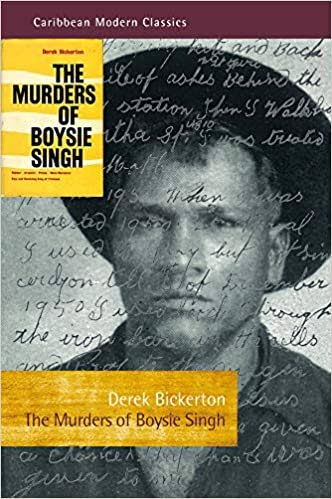Winning at sport and crime

Congratulations to our TT athletes who represented us at the 2020 Tokyo Olympics, which end today in Japan.
I am sure they did their best, but at the time of writing TT is not on the medals list. Ato Boldon predicted that outcome for the track and field team just two months ago, which was hard to accept, but the veteran sports pro was probably right.
In 2016 Keshorn Walcott won a bronze medal on the very last day, but not even he could pull the rabbit out of the hat this time around.
There will be much analysis of the springiness of the track and the enhanced shoe technology contributing to the unforgettable, covid-overcast Tokyo Olympics and probably some harsh words about Team TT’s performance, but we will not be the only ones leaving Tokyo disappointed.
It’s worth noting that relatively few old faces triumphed. It was an Olympics for a new generation. I watched amazed by the number of records made and broken. I was moved by the fact that a Ugandan woman was the first person from her country to win a gold medal, that a Venzuelan record-setting long-jumper was the first female gold medallist for her benighted country.
I rooted for the young Swedish gold medallist who made three consecutive failed attempts at setting a new men’s world pole-vaulting record, cheered on by other competitors. I egged on the cute Canadian 200m gold medallist with Trini roots who ran like the clappers to edge out two bigger US men in the 200m sprint to gold, and also the Dutch, Ethopia-born Sifan Hassan, who was tripped up and fell in the qualifying round of the women’s 1500m race and got up and ran like the true champion she is to win by several lengths, and then leave the pack a long way behind in the final to take home the gold medal. The beautifully sleek, ebony-coloured, American teenage gold medallist, running the 800m with the grace of a gazelle, had me crying my eyes out.
The incredible Jamaican sprinters Elaine Thompson-Herah and Shelley-Ann Fraser-Price left everyone speechless by their sheer skill, talent, grit and dominance in the 100 and 200 metres. To see three Jamaican flags on the 200 metres winners’ podium was as inspiring as it was to see three Swiss flags there for the women’s cross-country mountain bike race.
One can only salute such impressive human endeavour. I always watch the Olympics to be buoyed up by the display of human spirit and the vastness of human capacity, to take heart and strive to do whatever I do better, not to win, but to be the best that I can be.
I had never thought of Boysie Singh, perhaps the most notorious criminal in TT history, as someone who wanted to be his possible best; he was just the bogeyman our parents used to intimidate us into good behaviour.
I started reading Derek Bickerton’s The Murders of Boysie Singh just when the games began. As Olympic records tumbled and my reading advanced I could see that Boysie Singh, described in the book’s blurb as “robber, arsonist, pirate, mass-murdered and vice and gambling king of Trinidad,” was a self-styled champion who was determined to beat everyone at being the most accomplished criminal, and he succeeded in being the record holder of legendary proportions. At 47 he was hanged for the dubious murder of a dancer whose body was never found, but as with Al Capone (tax evasion) and Marcus Garvey (mail fraud), he had to be nailed for something.

The book was first published in Britain in 1962, and in 2020 Peepal Tree Press (UK) published an eminently readable new edition, containing a superb, opening essay by Kenneth Ramchand, Prof Emeritus of West indian Literature (UWI, St. Augustine). Bickerton, an Englsihman who became captivated by his subject, did an excellent job in capturing Boysie’s Trinidad of the 1940-50s, and Ramchand adds ballast to the book, with acute observations on race and class and giving greater cultural context to Boysie’s quest to be big, rich and powerful.
Both Bickerton and Ramchand may have academic backgrounds, but their storytelling style makes the book great fun for the reader. After all, Boysie Singh was a man of the people and this book keeps it that way. On page 144, Bickerton notes Boysie’s hold on TT’s imagination. “... From these bare facts sprouted a monstrous legend. Hands and feet somehow become transmuted into head and penis; the latter organ, it was suggested, had been removed by Boysie so that he could eat it, presumably to restore his potency by sympathetic magic...,” and it carries on, very tongue in cheek.
Even the picture captions are irreverent. Take this one of a wate-logged body lying on the 1950s' Yacht Club jetty, “Prolonged immersion has removed the upper pigmented layers of his skin, thus rendering him white enough for entry into that august establishment.”
The Murders of Boysie Singh is available from Paper Based bookshop. It’s a good reminder that crime in TT is not new and our attitude to it has hardly changed.


Comments
"Winning at sport and crime"